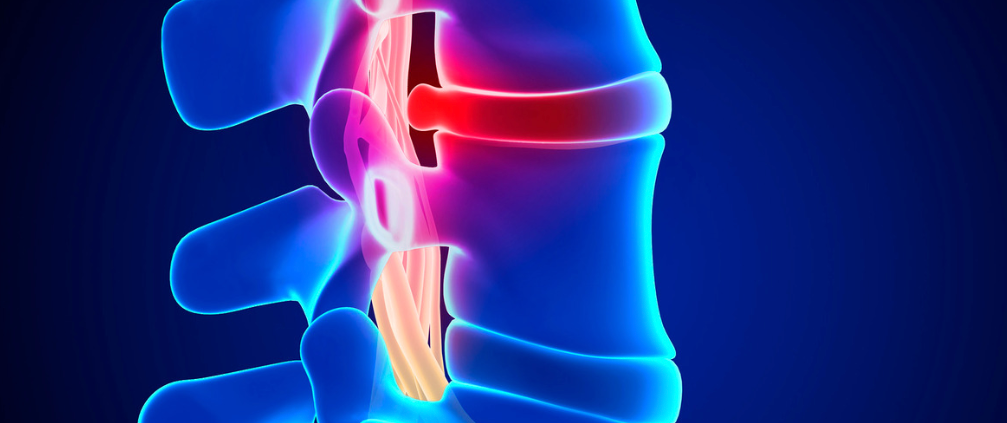The Power of Chiropractic Decompression in Treating Disc Desiccation
Most people will experience back pain at some point in their lives. It’s a common health problem that can severely affect one’s quality of life. One prevalent issue is disc desiccation, a condition where the spinal discs lose their hydration, leading to debilitating symptoms. Fortunately, innovative solutions like chiropractic decompression come into play, offering promise for those afflicted with this condition.
Understanding the Anatomy of the Spinal Discs
The Role of Spinal Discs
The backbone or the spinal column is a complex structure. It comprises individual bones known as vertebrae that stack upon one another in a straight, neutral, and naturally aligned pattern. Positioned between these vertebrae are the intervertebral discs. These discs function as the spine’s shock absorbers, providing flexibility and structure to the backbone.
When viewed from the front or back, a healthy spine appears straight, while from the sides, it forms a soft ‘S’ shape. Maintaining these natural curvatures and alignment is crucial for optimal spinal functioning, facilitated by the intervertebral discs.
Composition of the Intervertebral Discs
Intervertebral discs comprise two main components: the annulus fibrosus, a tough outer layer, and the nucleus pulposus, a soft inner core. The annulus fibrosus is made of several layers of collagen fibers (lamellae) that connect to the vertebral end plates, providing structure to the spine. This outer layer encloses the nucleus pulposus, which contains a network of fibers suspended in a gel-like substance.
While both the annulus and nucleus consist of water, collagen, and proteoglycans (PGs), the nucleus contains a higher fluid content. PGs play a crucial role as they attract and hold water, maintaining the disc’s hydration.
Disc Desiccation: A Closer Look
Disc desiccation is a form of disc degeneration that occurs when a disc loses fluid, dehydrates, and changes shape. The discs are mostly made up of water (80-percent at birth), and their optimal
functioning relies on maintaining this level of hydration. However, as the discs bear the body’s axial load, they rely on their fluid level to stay robust and flexible. Disc desiccation is often associated with the natural aging process and the cumulative effect of certain lifestyle choices. Factors like obesity, inactivity, poor posture, and improper lifting of heavy objects can all contribute to disc desiccation. Even sudden weight loss or inadequate water intake can compromise the disc’s
fluid levels as they cause substantial fluid loss in the body.
Identifying the Symptoms of Disc Desiccation
The severity of disc desiccation can vary, and not everyone with the condition will experience noticeable symptoms. However, when the discs lose hydration beyond a normal level, discernible symptoms can develop. These symptoms depend on several factors, including the patient’s age, health, cause of disc desiccation, severity of the condition, location of the affected disc(s), and the degree of nerve involvement. One of the earliest symptoms of disc desiccation is a stiff back, often accompanied by pain, tingling, and/or weakness. If a desiccated disc loses height due to fluid loss, it can affect the
positioning of the adjacent vertebral bodies, potentially causing them to press on nearby nerves. This can lead to radicular pain or numbness that can radiate down the legs and into the knees and feet.
Chiropractic-Centered Approach for Severe Symptoms
For more severe symptoms, an integrated approach that combines different forms of treatment, including chiropractic care and rehabilitation, can be beneficial. This approach aims to reduce joint stress, facilitate structural change, increase circulation in the affected disc’s surroundings, and improve core strength.
Chiropractic decompression is a non-surgical technique that can alleviate pain and promote healing in disc desiccation cases. It involves gently stretching the spine, which changes its force and position, resulting in pressure relief from the spinal discs. This change in pressure can lead to an influx of healing nutrients into the disc, fostering a better healing environment.
The treatment protocol at Strive Integrative Health, for instance, customizes treatment plans to address specific patient characteristics like age, causation, affected-disc location, and the severity of the condition proactively. This method has shown effectiveness in reducing pressure from the discs. This evidence-based technique involves traction of the spine in a very controlled environment. This coupled with vibration and heat can help relax and gently stretch the spine in a way that can SIGNIFICANTLY help this specific condition and get our patients feeling better.
The Journey to Recovery
Disc desiccation can occur slowly over time or can happen due to an injury or incident, and the efforts needed to reverse its effects are neither quick nor easy. However, with positive lifestyle changes combined with proactive treatment, the function and health of intervertebral discs can be improved.
While it may take time and effort, reducing joint stress and strengthening the muscles surrounding the spine can help take the pressure off the discs and increase fluid levels, thereby slowing the effects of spinal degeneration or desiccation.
Conclusion
Disc desiccation is a common issue affecting many people. However, with proper understanding, lifestyle changes, and innovative treatments like chiropractic decompression, it is possible to manage and even reverse the effects of this condition. Whether it’s maintaining a healthy weight, staying active,
practicing good posture, or seeking professional chiropractic care, each step can contribute to preserving the spine’s overall health and function, helping individuals lead a fulfilling, pain-free life. If you or someone you love is suffering with a disc desiccation, PLEASE call us. We cannot wait to help you and get you back to normal.




